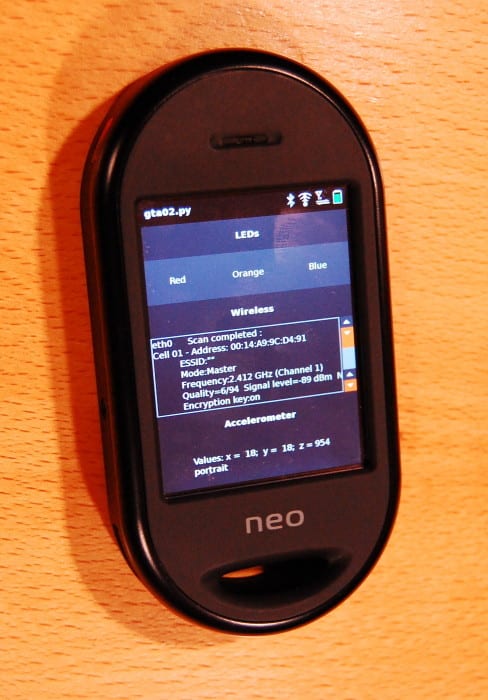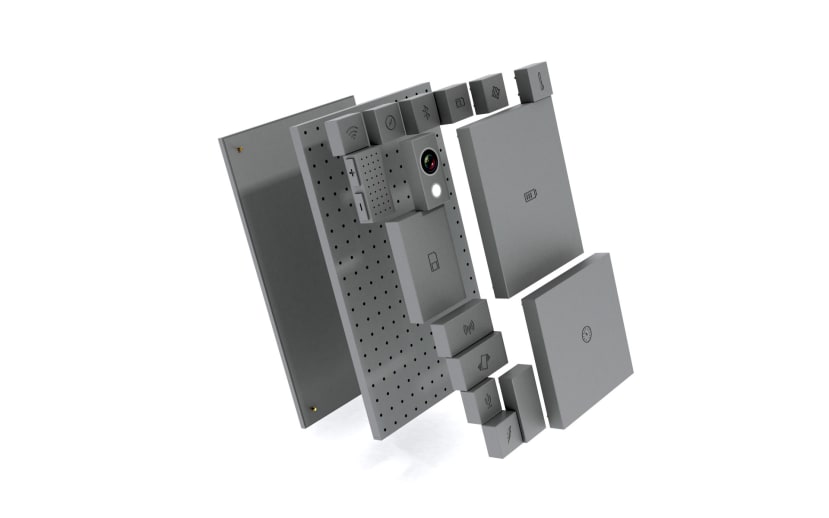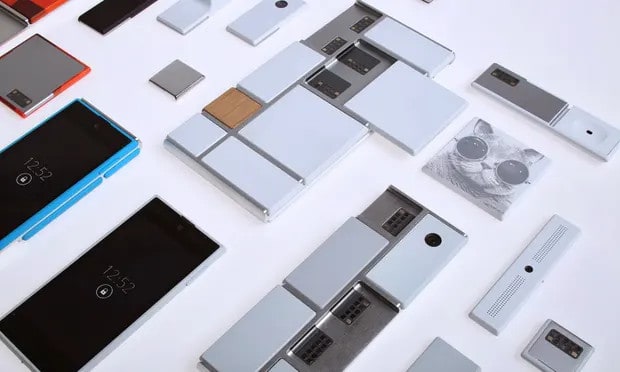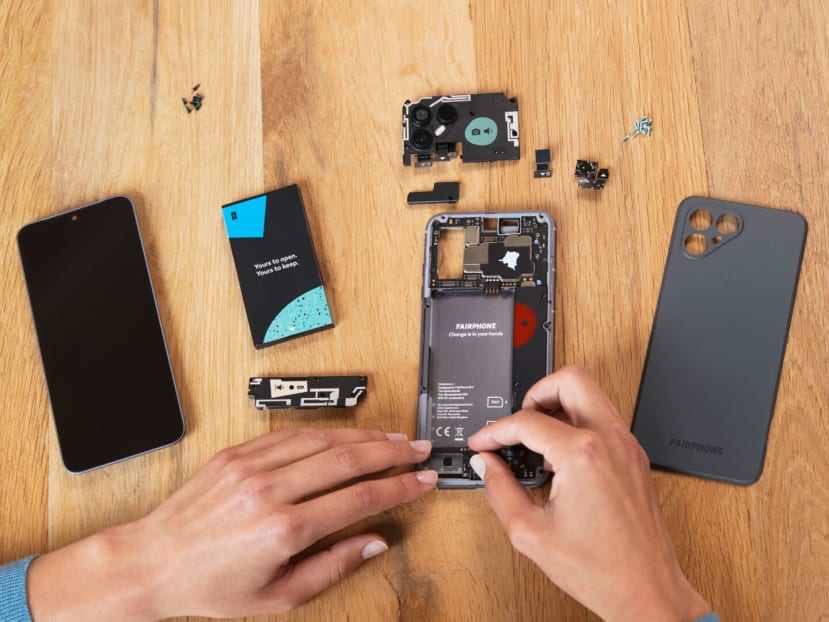Right to Repair and Striking the Sustainability Balance
Follow articleHow do you feel about this article? Help us to provide better content for you.
Thank you! Your feedback has been received.
There was a problem submitting your feedback, please try again later.
What do you think of this article?
The challenge of designing products that meet an increasingly wider set of requirements.
The right to repair and sustainability go hand-in-hand, since the more goods that we are able to repair and prolong their useful lifetime, it follows that the fewer natural resources will be used and less waste produced. This is broadly speaking and there will be exceptions, where something is maintained for one reason or another, where replacing it would reduce the environmental impact.
In this article, we’ll treat right to repair and sustainability as both being part of the same societal goals. We’ll start by briefly exploring the background and some of the key considerations when designing a product; we’ll mainly be looking through the lens of electronics engineering, although there will be much commonality and shared concerns across other disciplines. Finally, we’ll take a look at three novel approaches to building a mobile phone and some of the lessons learned.
Background
Over the past decade or so there has been a burgeoning movement supporting the right to repair, which is set against a backdrop of increasingly heightened environmental concerns, together with other ethical motivations. Fuelled in part also by the growing maker movement as many more people get hands-on with technology, while simultaneously being frustrated at consumer products which, outwardly at least, would appear to have been designed so as to intentionally hinder repair.
Of course, few contentious topics are ever as straightforward as they might first seem and let’s consider some of the trade-offs which must be made when developing products.
Key considerations
It is often said that you can have “Good, fast, cheap. Choose two.” In other words, you cannot have all three. However, when it comes to modern-day consumer electronics and sustainability, there are more than simply three primary attributes which must be considered and which, if not suitably balanced, are likely to result in unhappy customers or total failure even.
Environment and business
With sustainability, we tend to think of the environment and things such as finite natural resources, but it is also true that business models must be sustainable; as a general rule if a product or service is not profitable, it is not sustainable — the calculation is quite simple. Hence we have two fundamental concerns which must be balanced: environment/societal and business.
This may sound rather obvious, but when considering ways that we might make something easier to maintain or have a longer useful lifetime, we must also consider what effect this might have on its business model. Which is to say reasonable concerns, such as competitors being able to clone a product or a key aspect of it, and not just that replacements may be purchased less frequent.
Engineering
In engineering, we will typically have a set of conflicting requirements, where in an ideal world we would optimise for all of them. An obvious example of which being SwaP-C, or Size, Weight, Power and Cost. Who wouldn’t want the smallest, lightest, longest battery life and cheapest mobile phone? Well, perhaps you could have all of those things, but it would be 2G only and very far from being a smartphone. Or maybe it would be a smartphone and tick most of those boxes, while being unreliable as a result of engineering compromises made in order to meet those goals.
Ask an engineer for something fantastic and the answer is rarely no, but instead sometimes, yes accompanied with a pause and knowing smile — code for, it will very expensive.
Such input requirements of features, size, weight, power and cost etc. can be thought of as controls, where fiddling with one, will result in other dials being moved — sometimes in unpredictable and mysterious ways — and if you are particularly unlucky (or unrealistic) dials fall off!
Why is this important? Well, right to repair and sustainability are essentially about features and as such, will compete and may be in direct conflict with other features, as we will come to see. You want to have a user replaceable battery? Sure, no problem, but it may have to be somewhat larger or perhaps have a more visible seam where the battery cover joins with the enclosure, for example.
The role of open source
Detail from OpenMoko GTA02 schematics, CC BY-SA 3.0.
It would be remiss not to mention open source, since this can be thought of in some ways as a kind of peak right to repair, given that in theory at least, if you have the software or firmware source code and hardware design files, you should have mostly everything required to carry out repair work. Furthermore, should a vendor go out of business or decide to retire a product, it may be possible for another company to step in, take their place and provide continuity. This could have significant positive impact where interdependencies exist and having to replace or upgrade one component in a system, would result in a domino effect and far wider reaching implications.
The reality is of course a little more complex still and additional considerations include the potential need for specialist skills and tools, along with integration of third party technologies which are under NDA and/or only available to select customers, e.g. high volume. Therefore simply making something open source is by no means guaranteed to enable user servicing; this is something that should be considered from the start of the design process, in order to make servicing practical.
There is also the matter of business models. If you generate revenue from support and customisation, open source may well be a great fit. Likewise, if the product integrates or somehow otherwise supports another product, or if a key selling point is the very fact that it is open source. Once again this is a simplification, but the point being that care must be taken to ensure that a competitor cannot simply take a design and execute faster and/or better.
Three mobile phones
The ubiquitous smartphone makes for a good case study, since as time progresses it feels as though they have an increasingly aggressive upgrade cycle, the cost is not insignificant, and they use numerous precious metals and minerals. Meanwhile there are very few smartphones available today where it is possible to even replace the battery without reasonable effort and specialist tools.
So let’s take a look at three smartphones which bucked the trend, starting with a radically open platform which launched coming up for 15 years ago.
OpenMoko
OpenMoko FreeRunner (GTA02).
The first OpenMoko device, Neo 1973, was released in 2007 and was followed by the updated Neo FreeRunner in 2008. The latter featured a 400MHz processor, 256MB flash, WiFi and accelerometers. While not the most exciting specifications at the time, what was remarkable about these devices is that CAD files, schematics and other resources were all published under a Creative Commons Attribution ShareAlike licence.
In addition to developing their own hardware, OpenMoko Inc. also developed their own Linux-based operating system, called OpenMoko Linux or Om. This employed an OpenEmbedded based build system, with opkg for package management, X11 for graphics, plus GTK+/Matchbox and later Qt/Enlightenment for the UI toolkit and window manager.
The first OpenMoko device was aimed at developers and the second intended for users who required a high degree of customisation. A third device was planned, but the project was suspended. OpenMoko more or less ground to a halt and then a German company, Golden Delicious, started producing a more powerful fourth generation device that shipped in 2011.
Looking back now it is easy to see how OpenMoko had a particularly challenging journey ahead of them, in developing an entire platform comprised of hardware plus an original smartphone O/S. Given the significant undertaking and reasonably small size of the team, it is not entirely surprising that things didn’t work out. However, while the project was not ultimately a success, it did serve to advance the state of the art in radically open hardware platforms and provide useful lessons.
Phonebloks and Project Ara
Phonebloks exploded view, CC BY-SA 3.0.
Phonebloks was a modular smartphone concept created by designer Dave Hakkens in 2013, which was launched via social media website, Thunderclap. The concept was based around a main board and many small modules or “bloks”, which could be replaced at will to upgrade or replace a broken blok. These might include things such as the application processor, storage, cellular radio, camera, GPS and so forth. There was no plan to produce a commercial product, however, the concept garnered a lot of attention and Hakkens went on to collaborate with Google on Project Ara.
Earlier, back in 2011, Google had acquired Motorola Mobility and several patents from Modu Mobile, who had invented a modular cellphone. The initial exploration for the Project Ara modular platform then started in 2012. It should be noted that Hakkens had launched the Phonebloks concept independently, but given the similarities the collaboration clearly made sense.
Google Project Ara
A near working prototype Ara smartphone was demonstrated in 2014, but froze upon boot. The successor “Spiral 2” prototype was then announced in 2015. The following year a new Developer Edition model was unveiled and this featured many changes — most notably a base phone which could not be upgraded and contained the antenna, battery, display, sensors, and system-on-chip. Then on 2nd September 2016 Google confirmed that Project Ara had been cancelled.
Phonebloks received a great deal of criticism at the time and much of which was focused on the economic and technical feasibility. Many engineers were quick to point out that such a high degree of modularity would add a great deal to the cost, due to all the subsystems, complex interfacing requirements and additional connectors etc. Not to mention while compromising performance and reliability for the same reasons. Concerns which went on to be confirmed via Project Ara.
Fairphone
Fairphone 4.
Fairphone is a social enterprise that designs and produces smartphones with the goal of having a lower environmental footprint and better social impact. Seeking to achieve this via numerous means, such as using “fairer” materials which are recycled and responsibly mined, through designing for longevity and providing extended support, and by reducing e-waste.
The Fairphone 1 was released around the same time that Phonebloks was announced in late 2013, with the entire initial production run of 25,000 units selling out nearly a month in advance. A second production run of 35,000 phones was then released in May of the next year.
A Fairphone 2 with improved specifications was released in 2015, followed by Fairphone 3 and 3+ in late 2019 and 2020 respectively. Then next came the Fairphone 4 in 2021, which features 5G connectivity, a Qualcomm 750G SoC with 2+6 cores, 48MP and 25MP cameras, Android 11 support, along with software support guaranteed until 2025, plus a 5 year warranty.
Replacing the Fairphone 4 display.
The smartphones are designed to make user servicing easier, spare parts have been made available for all models and Fairphone have endeavoured to maintain supply for as long as possible. The Fairphone 4 is somewhat modular in nature, featuring a total of 7 replaceable components, including screen, front and rear facing cameras, loudspeaker and USB-C port. Fairphone also provided plenty of how-to and fault finding etc. guides to enable self-support.
Lessons learned
While OpenMoko is perhaps the odd one out here — since the objective was to make an open source mobile phone, rather than specifically an environmentally sustainable product — it nevertheless provides some highly useful insights and, as a radically open hardware and software platform, may be seen as an early champion of right to repair. The key lesson being that creating a whole new platform, all the way from the electronic and industrial design, up through the software stack and user experience, is no small undertaking. Had it ultimately been successful, would OpenMoko have been cloned? Perhaps. Would that have been a bad thing? Perhaps and perhaps not — who can say; a leading position in a new and growing ecosystem could be a very good thing, whereas a competitor simply copying your product and executing faster or better, less so.
Phonebloks and Project Ara both embodied a grand vision for extreme modularity, which it would appear was just not feasible given technical and cost constraints. No doubt such a degree of modularity would be possible with say, a military or aerospace budget, else by compromising on the specifications to create something physically larger and/or with reduced performance. Maybe some day we’ll see such levels of modularity in consumer electronics, but for now at least, this would appear to be a case of ambition extending beyond the art of the possible.
Finally, with Fairphone it would seem that we have a winning combination of just enough modularity and enablement of right to repair, together with other compelling attributes, such as fair trade materials and long term support, to make it a success. Fairphone mobile phones may not have the very best technical specifications available at any given time and account for a relatively small percentage of the market, however, they have clearly delivered on their promise and serve as a great exemplar for right to repair and sustainability.







